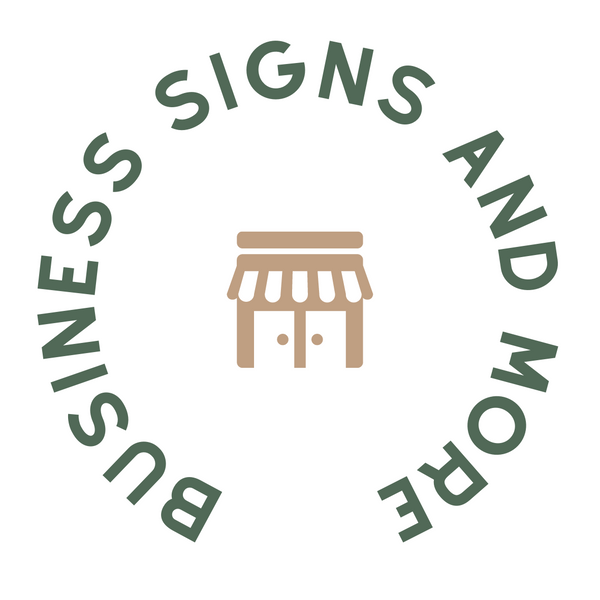We have all experienced the fun of a little retail therapy! A visit to our favorite boutique or shop as an outlet to escape the stress and expectations of everyday life. More than just a buzzword, studies show a psychological benefit to our overall health and well-being associated with retail therapy.

Why We Crave Retail Therapy
Does shopping really help us feel better? According to clinical psychologist Scott Bea, PsyD. “Research suggests there’s actually a lot of psychological and therapeutic value when you’re shopping – if done in moderation, of course. Whether you’re adding items to your shopping cart online or visiting your favorite boutique for a few hours, you do get a psychological and emotional boost.”
In a world where we have very little control, shopping restores a sense of personal control over our environment. A study by the Journal of Consumer Psychology found that retail therapy provides an immediate feeling of happiness, as well as fighting feelings of lingering sadness. According to the study, the choices and outcomes related to shopping can restore a feeling of personal control and autonomy. “The study suggests that when you’re feeling as if things aren’t going your way, getting exactly what you want can feel like a positive personal achievement,” explained Dr. Bea.

Retail Therapy and Visualization
Shopping stimulates our senses and visualization is a key part of the retail therapy experience. “The smell of something new, the bright lights, and colorful displays combine to create an imaginative, sensory experience that can remove us from our own reality, even for a little while,” Dr. Bea explains.
The aesthetic elements of retail spaces have a direct correlation to the level of satisfaction in our consumer experience. Neuroaesthetics (yes, that’s a thing) explains how aesthetic experiences can influence our well-being. A space that is visually pleasing leads to positive emotion by stimulating areas of the brain associated with reward and emotion processing. Even simply browsing can positively impact your mood by releasing dopamine, the feel-good hormone neurotransmitter in your brain. “Some think the dopamine is released when you actually get a reward or purchase an item, but it begins before you make a purchase as you’re delighting in all the possibilities,” Dr. Bea says. “It’s about the whole journey.”

Retail Therapy and Your Business
Can an aesthetically pleasing space leave your customers feeling more positive about their experience with your retail store? At the 2019 Salon del Mobile in Milan, an exhibition presented by Google measured physiological responses to three interior environments. Wristbands that measured biometrics showed that visitors’ heart rate, skin conductivity, skin temperature, and breathing rate responded to design elements such as lighting, furnishing, color, scent, and music. Retail business owners can meaningfully use aesthetics to reduce stress or arouse a physiological response in a store environment.
The most positive function of your retail space is to create an environment that facilitates and builds a relationship with your customers. Your retail design goals should align with who your customers are and what relationship you want to build with them. “Creating a well-organized, aesthetic, and inviting environment is key to initial customer acquisition and ensuring return customers,” explains Jessica Morissette, lead designer with Business Signs & More.

Customer circumstances, brand values, and product offerings must all be considered in identifying the ideal strategy to provide a positive retail therapy experience. For example, daytime shoppers who are more energetic and focused may benefit from goal-oriented retail activities. While the evening shopper may be looking for escape or relaxation after a long day – think Sip & Shop.

Are You Providing Your Customers with the Best Retail Therapy Experience?
Shop owners and managers who leverage an understanding of retail therapy to move their store past the transactional and into the experiential will stand out among the crowd. If your focus is all on inventory spending, while not investing in the retail therapy experience for your customers, you are missing a vital component crucial to the success of modern-day retail businesses. Consumers can shop anywhere – they can find similar products in other places - consider what it is that makes them want to shop with you.

Do you have a question about the aesthetic design of your shop? Are you looking for ways to create a positive retail therapy experience for your customers? Feel free to reach out to our team. We are always happy to assist.

